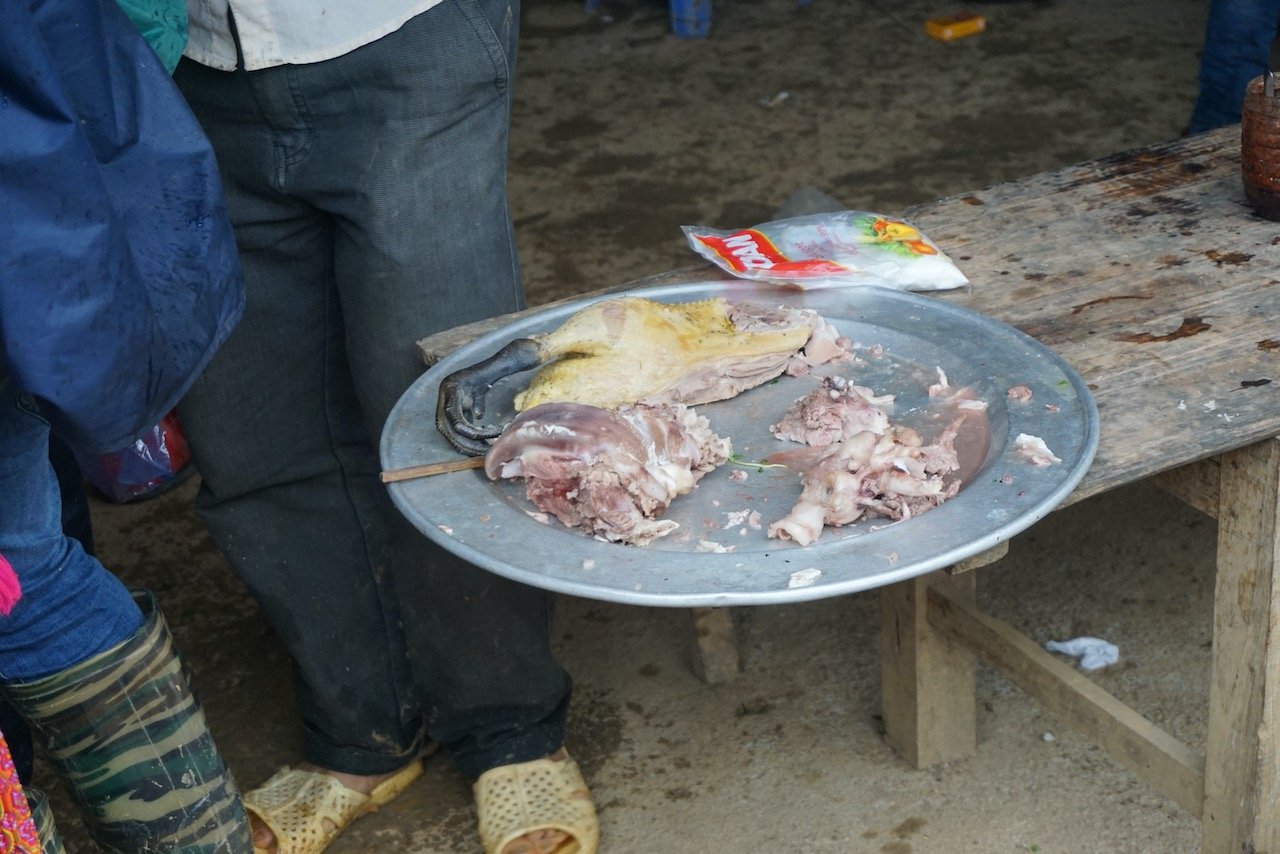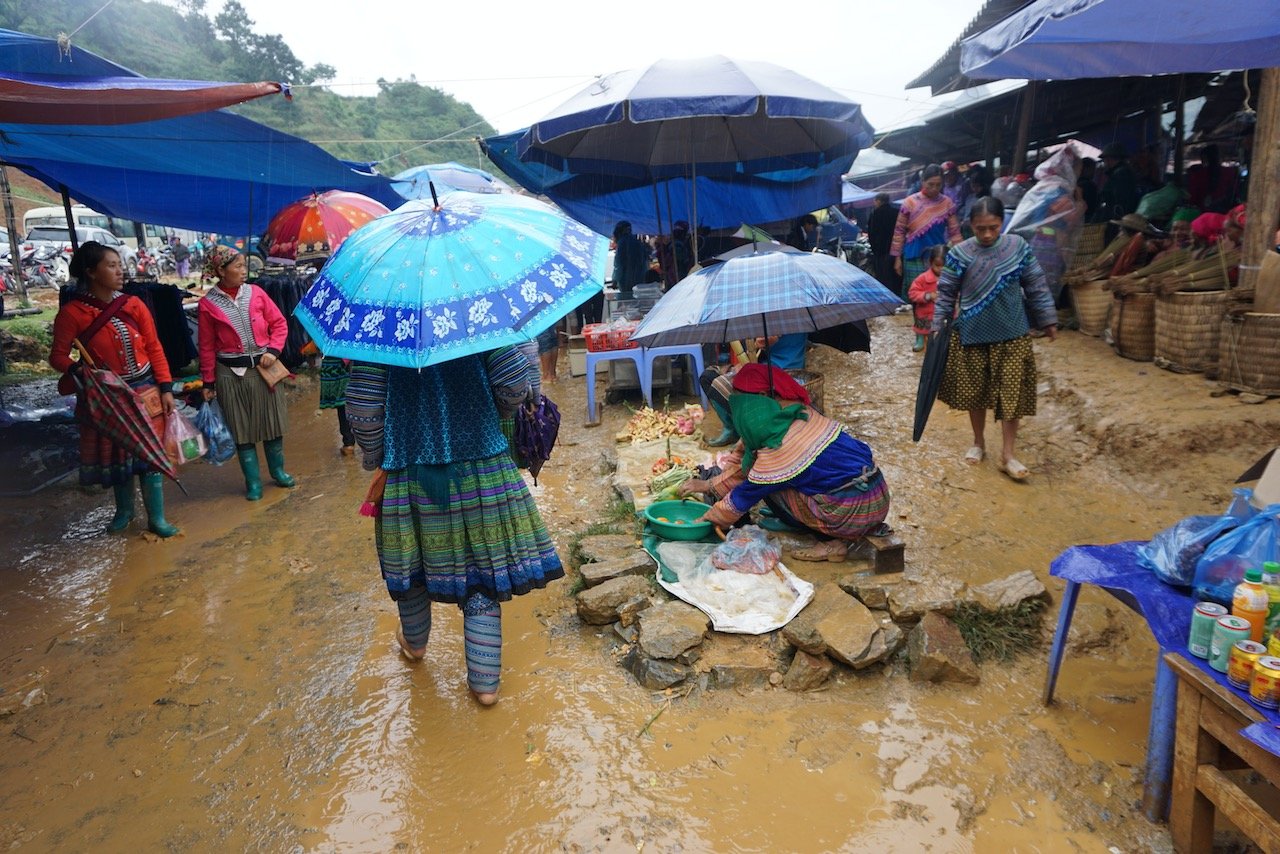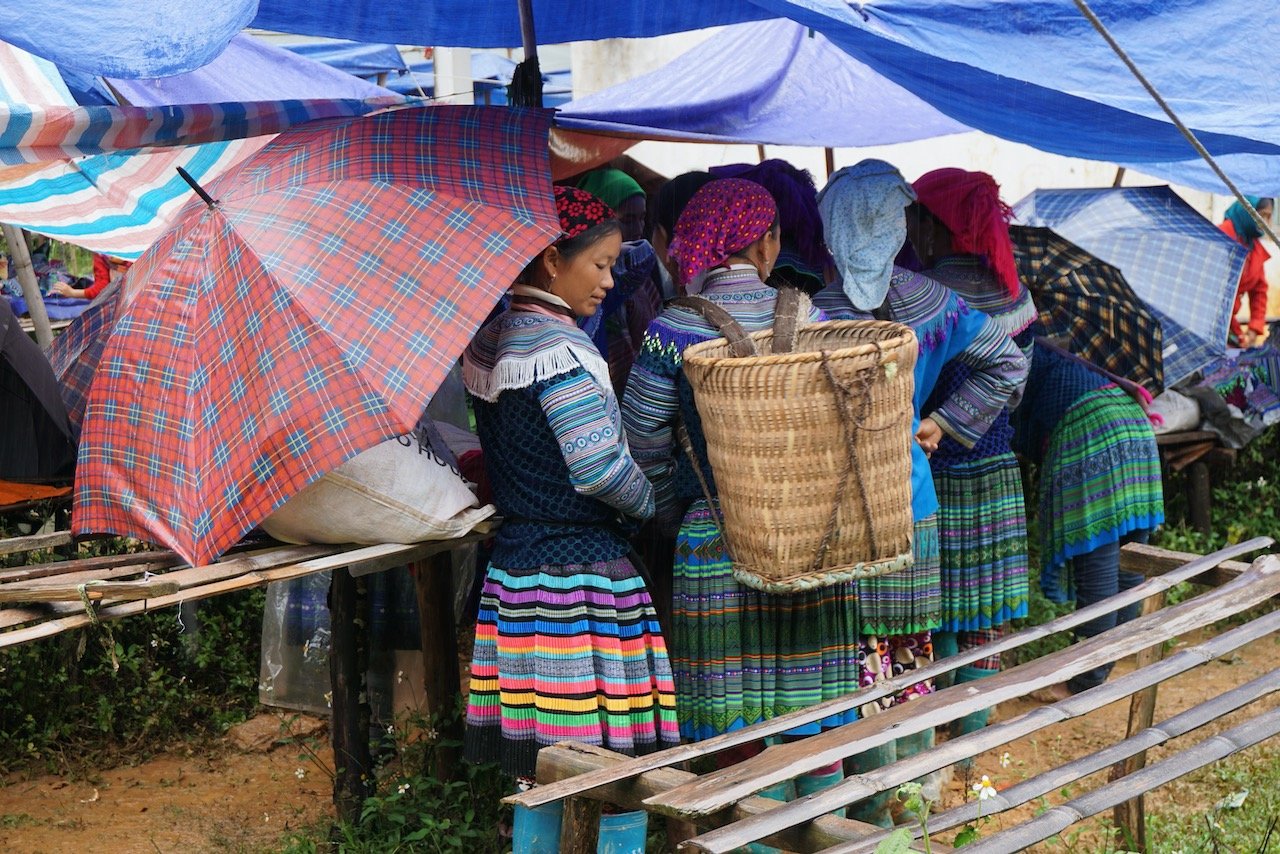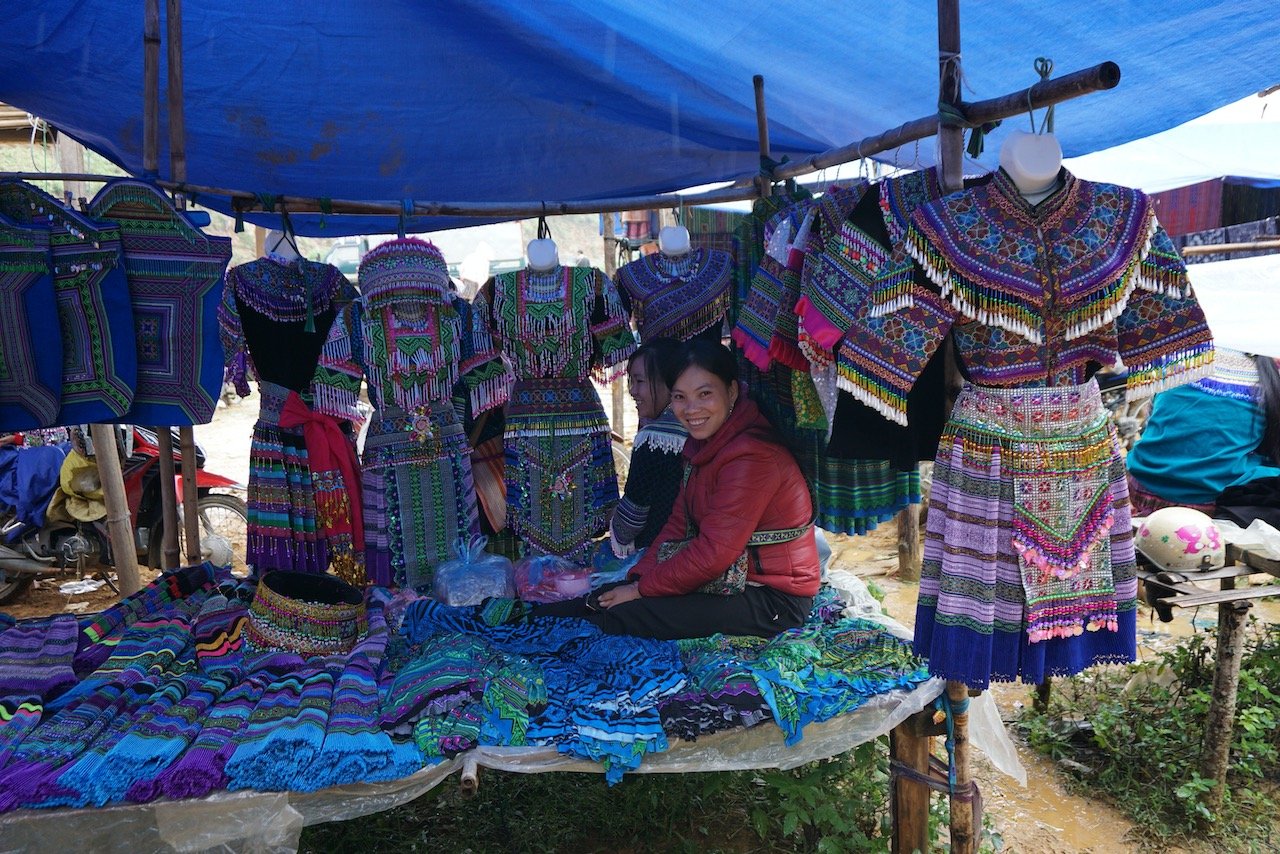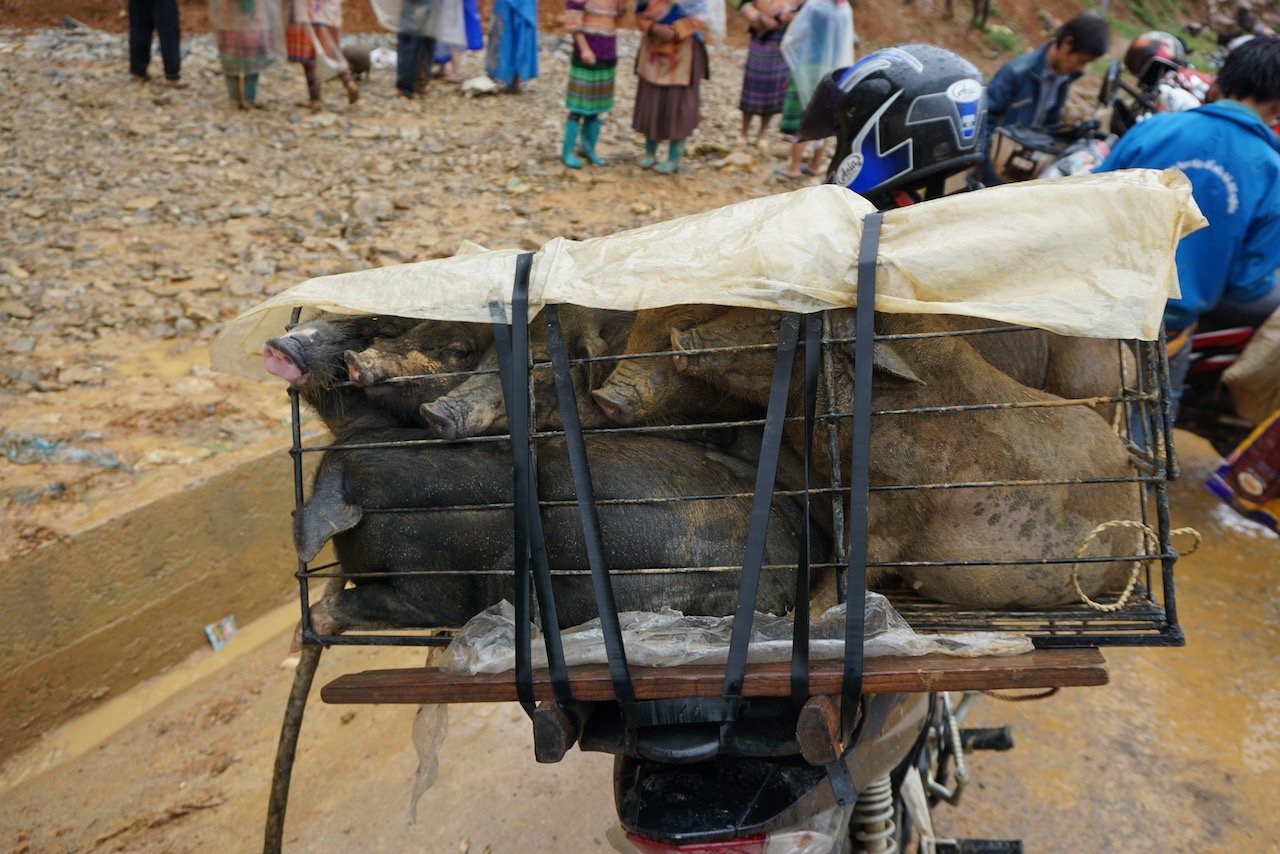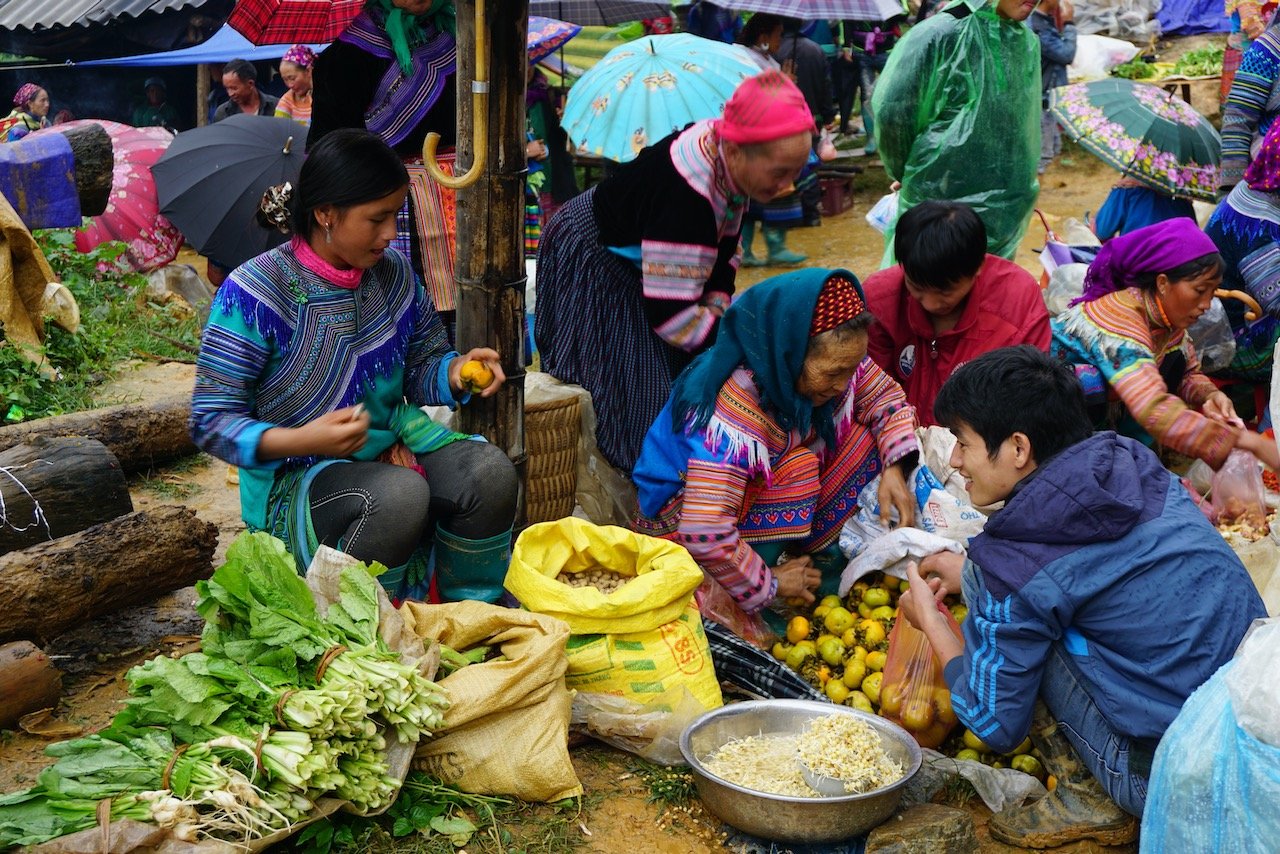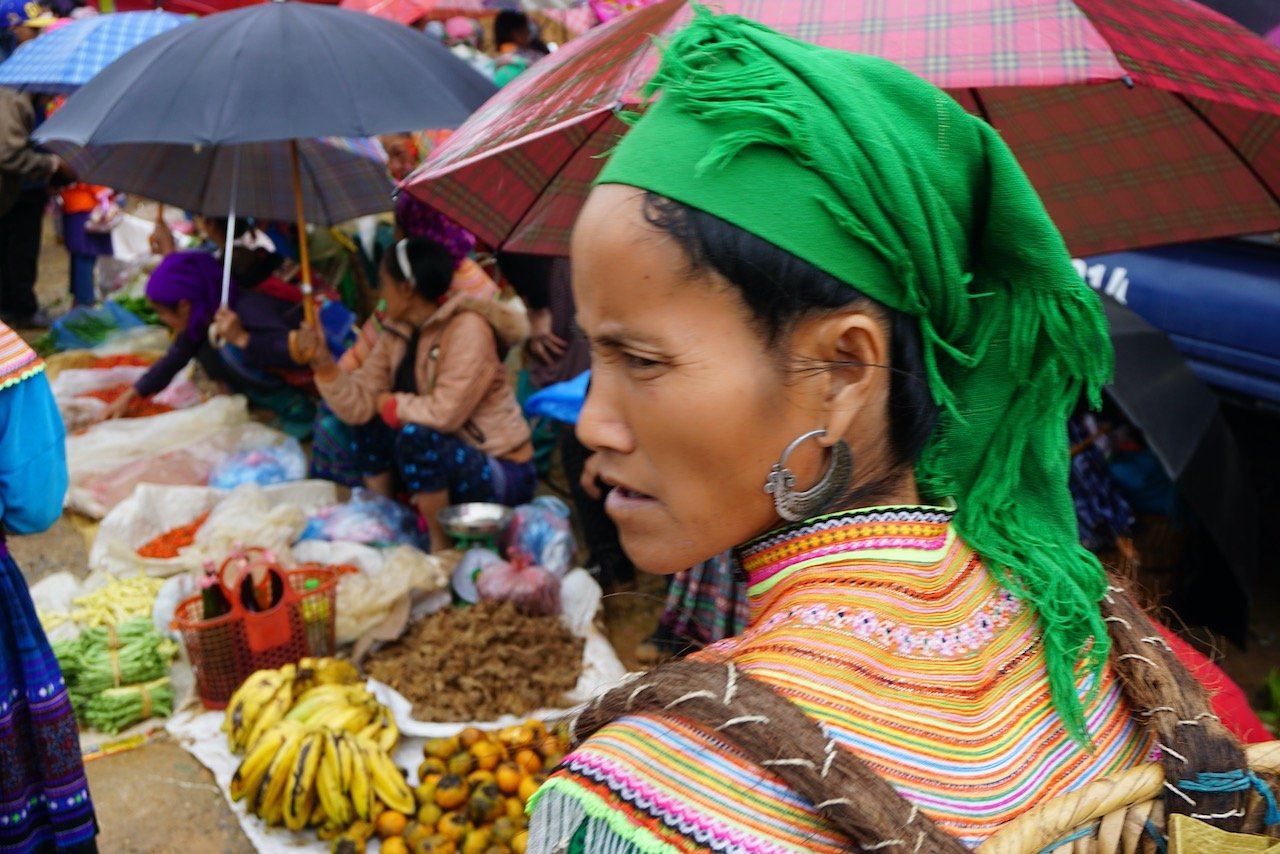Book Review - Indonesia, etc. Exploring The Improbable Nation by Elizabeth Pisani.
Come meet my granny! (Who’s dead.)
When the prologue of a book tells the story of a young boy inviting you to meet his granny but omits the fact that she passed away the day before, you know the serendipitous experiences one can only find through travel you can observe by reading around the world through a captivating travel book.
My project, Reading Around The World, is just that. I want to travel to locations in a book where, realistically, I may never travel. This is what I found while reading Indonesia, etc. Exploring The Improbable Nation by Elizabeth Pisani about Indonesia.
Posted to Indonesia by the news agency Reuters in 1988, Pisani spent two and a half years there as a journalist. She returned in 2001 to help the Ministry of Health track the spread of HIV. In 2011, she put her job in London on hold to spend a year travelling through the islands.
‘Indonesia is full of such improbable moments,’ she writes, and Pisani skilfully takes the reader on a journey of exploration and discovery to some of the remotest islands in the archipelago of islands that comprise the nation of Indonesia.
In a sentence, what’s this book about?
After two previous long-term work stays in Indonesia, Pisani returns to spend a year travelling through some of the 13,466 islands to capture the essence of ‘Indonesianness,’ with only one rule - just say yes!
What themes does the author explore in this book?
When the country’s founding fathers declared independence from Dutch colonists in 1945, the declaration read, in its entirety:
We, the people of Indonesia, hereby declare the independence of Indonesia. Matters relating to the transfer of power etc. will be executed carefully and as soon as possible.’
Pisani explores how ‘Indonesia has been working on that ‘etc.’ ever since.’
She begins with a broad sweep of history and cultural identification, describing the geographical location and status, including its immense population. The size of Indonesia is colossal; one out of every 30 people on the planet is from Indonesia. She notes Jakarta tweets more than any other city on Earth, and 64 million Indonesians use Facebook, but 80 million live without electricity.
She also describes the history of colonialism driven by trade and the search for spices, including the establishment of the Dutch East India Company (the VOC). Pisani takes the reader through the day-to-day challenges of living under the impact of the flamboyant nationalist leader Sukarno’s Pancasila, followed by the Suharto years and beyond.
Unaware of the history of the country, it was enlightening and interesting to read. Too many facts did not bog the book down, making it easy to read. For me, it was the meticulous accounts of lives trying to eke out an existence in these remote locations that captivated me.
Like this scene she describes from a local market:
Not far away, a woman sat quietly over sliced circles of what looked like mud, riddled with holes and threaded through with fibre. I guessed it was some kind of tuber, but no, it was indeed mud: an ants’ nest. Cooked up in a soup, a slice of quality ants’ nest will cure diabetes and high blood pressure, she assured me. Next to her, an old guy with ears like cup-handles and an intermittent moustache had split his stall in two. On one side, he was selling Coke bottles full of raja gunung, ‘the king of the mountains’, a viscous black potion made of roots of plants that grow high on the slopes of the volcanoes that towered over us. This, he explained between hacking cough and gobby spit, is a cure for lung cancer.
Pisani introduces the cultural traditions of adat. An Indonesian words that defies translation but in many islands forms the rules and regulations, forms and traditions of every aspect of life. How this impacted the lives and choices made fascinating reading.
How does writing style transport me to the places they visited?
Best explained by the visit to the Island of Sumba.
As the flames subsided, I saw that it was a wild boar. The beast was on its back, four legs sticking rigid into the air, a smooth grey stone lolling in its mouth where its tongue should be. A village elder wearing a head-tie made of beaten bark leapt up onto the tomb, unsheathed his machete and cut a shutter in the boar’s belly, then reached in and started dolloping innards onto a banana leaf. From a higher tombstone above him, a haughty, hook-nosed figure wearing an iridescent pink napkin on his head and a stunning woven ikat cloth around his waist in place of trousers directed the distribution of goods. An ear for this family, the tail for that. That gloopy yellow bit from near the liver to someone special.
What insights did I gain or what makes me want to visit the same places?
Truthfully, as Elizabeth Pisani describes, the places where she slept, the food she ate, and the modes of transportation she experienced are perhaps a bit too far beyond my travel dreams!
This is one of those books that describes locations and cultures I know I will never see. Speaking the language, previous in-country connections, and friendships surely helped her as well. Yet, by following the ‘Yes’ rule, she had many exploits and discoveries that I’m sure she did not expect in advance.
Does it remind me of any places I’ve been, or stories to tell?
On a trip to Lao Cai, Vietnam, we visited the Bac Ha Sunday market. We arrived early, following the Flower Hmong and Giay people from rural villages who meet as much to socialise as to trade and buy. It was a riot of unidentifiable noise, frenetic activity, and a kaleidoscope of colours passing by.
The rain was still falling, and it had been raining for days before our arrival. We slipped and sloshed past tarpaulins scattered with chilies, mopeds carrying one adult and six pot-bellied pigs, and the leftover entrails of some animal boiling in a pot. The indigo blues, turquoise greens, and tangerines etched indelibly in my mind.
What have I learned about me, writing, life, or travel from this book?
Pisani has a wonderful way of describing places:
When Anton dropped me at Kelimutu - even the name sings - it was one of those heart-bursting days of glittering morning air and infinite vistas. The birds serenaded, the butterflies flirted, and I was all alone in one of the most beautiful places on earth.
There are some interesting terms she uses to describe the inevitable groups of touts waiting at any bus or train station arrivals point, such as “Terminal Crocodiles.”
Conclusion
Exploring The Improbable Nation by Elizabeth Pisani about Indonesia. is precisely the travel book I want to take me to places Reading Around The World. I highly recommend it for its depth and insights into Indonesia.
Photo by Kourosh Qaffari on Unsplash
Reading Around The World - Books that transport me to places, people and cultures I might never travel to see.
As a passionate traveller, I dream of visiting every corner of the globe and immersing myself in the diverse cultures and unique landscapes the world offers.
Unfortunately, we’re not always able to turn our wanderlust into reality, are we? But that’s where the magic of writing and literature comes in. With each turn of the page, I can embark on a journey to distant lands, discover new perspectives, and explore the world in a whole new way.
In each post on this section of the blog, I’ll be sharing a book that I’ve recently read and taking you along with me as I delve into my thoughts and impressions of it. I’ll also be asking a few thought-provoking and unusual questions to help you explore the book in a new way. Whether you’re a traveller at heart, or simply someone with a curious mind, join me on this literary journey as we explore the world one book at a time and wander off beaten paths, to roads less travelled.

